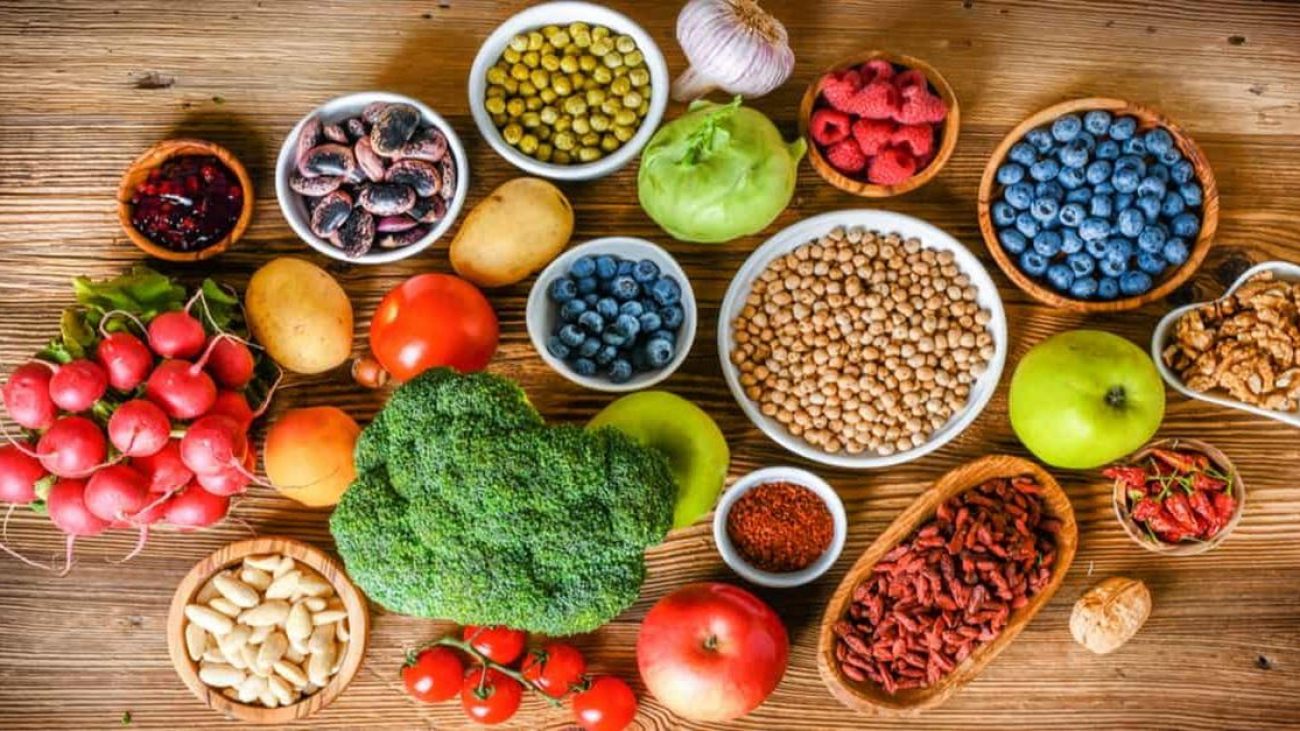- Researchers have created a “traffic-light system” to organize foods according to their health and environmental impact.
- Their results suggest that small, targeted dietary substitutions offer significant health and environmental benefits.
- The researchers hope their new approach will empower individuals to make dietary changes that lead to healthier and more sustainable lifestyles.
Dietary choices affect both the environment and human health.
Consuming too many unhealthy foods and too few healthy foods are leading causes of health burden in the United States. One studyTrusted Source found that in 2017, dietary factors contributed to 11 million deaths and 255 million disability-adjusted life years globally.
What we eat also impacts the environment by influencing food productionTrusted Source, which affects land use and greenhouse gas emissions.
Research has suggested that food systems have environmental limitations. One studyTrusted Source found that, under current conditions, the planet’s food system can only provide 43% of the world’s population, or 3.4 billion people, with a balanced diet.
Another studyTrusted Source found that if we do not adopt technological changes and prevention strategies, our food system will exceed planetary boundaries safe for humanity by 2050.
Simultaneously quantifying the health and environmental risk factors of different foods could help policymakers, food producers, and consumers make dietary choices that benefit both human health and the environment.
In a recent study, researchers from the University of Michigan and Victor L FulgoniTrusted Source from Nutrition Impact, LLC, created a scale that combines the environmental impact of foods alongside their health effects to help consumers improve their dietary health while protecting the environment.
Among their findings, they discovered that just 10% of the average calorie intake is responsible for over a third of the average dietary footprint. By substituting this and the most harmful dietary items, people could benefit their health and the environment.
“The population know some of the general tendencies, [such as] carrots are better than red meat for both health and the environment,” Olivier Jolliet, Ph.D., senior author of the paper and professor of environmental health sciences at University of Michigan’s School of Public Health, told Medical News Today, “Putting numbers and quantifying these differences is important and informative in two directions.”
“First: numbers have the power to [make] future effects […] more realistic and bring them to our present consciousness, i.e., ‘Oh 36 minutes lost per hot dog, this is substantial… like two cigarettes, do I really want this?”, he added.
“Second: these results help identify what really matters and differentiate […] between the foods we need to avoid like beef and processed meat, [and] food like dairy or poultry products, that are perhaps not ideal but have [a] 4 times [the] lower carbon footprint and are close to neutral, or even slightly beneficial for health,” he concluded.
The new research appears in Nature FoodTrusted Source.
The researchers identified 5,853 foods U.S. adults consumed from the What We Eat in America 2011–2016 database. They then used the Health Nutritional Index (HENI) to calculate how healthy each food was.
HENI quantifies the healthiness of food by indicating minutes of healthy life gained or lost by consumption. The model calculates minutes of lost or gained life from correlations between certain foods and negative health outcomes.
“Some of the dietary risks we considered in HENI are mediated by other lifestyle lists, and we did take that into consideration,” first author Dr. Katerina Stylianou, who did the research as a postdoctoral fellow in the Department of Environmental Health Sciences at the University of Michigan’s School of Public Health, told MNT.
“For example, the risk of polyunsaturated fatty acids and trans-fatty acids is measured by[daily calorie intake as a percentage], so we considered physical activity as an adjusting factor for the dietary risk factor. For sugar-sweetened beverages, the risk is mediated via [body mass index]. Similarly, the effect of sodium on health is stratified by race and hypertension status,” she added.
The researchers split the foods into 48 different categories and selected the most popular among them that were closest to each group’s median HENI scores for further analysis. They also considered seven additional foods representing different dishes.
Altogether, the researchers selected 167 foods for further analysis, roughly equal to 27% of the average American’s daily caloric intake.
They then used IMPACT World+, a method to assess the life cycle impact of foods, alongside assessments on water use and human health damages, to calculate each food’s environmental footprint.
As correlations between nutritional and environmental impacts were generally weak, the researchers organized the foods into a traffic light system according to their effect on either factor.
Green indicates foods that are both nutritionally and environmentally beneficial, which included:
- nuts
- fruits
- some seafood
- whole grains
- vegetables
- legumes
Amber indicates either slightly nutritionally or environmentally detrimental foods, such as:
- most poultry
- dairy, including milk and yogurt
- cooked grains
- egg-based foods
- cooked grains
- vegetables from greenhouses
Red indicates foods that have either significant adverse environmental or nutritional impacts, such as:
- processed meat
- beef
- pork
- lamb
- sugar-sweetened beverages
- cheese-based foods
- some salmon dishes
The researchers found that plant-based foods generally outperform animal products environmentally and health-wise. However, factors, such as water use, might necessitate tradeoffs between healthy foods and those that do not damage the environment.
The researchers note their traffic light system derives from statistical risks on life expectancy according to the average diet, and therefore, by itself, may not reflect individual dietary needs.
“The relative tendencies are likely to be similar across individuals and point at the right decisions,” said Jolliet, ‘But we, of course, cannot predict what will happen for a single individual, considering that these increases in life expectancy are statistical risks that are valid for a large number of persons.”




